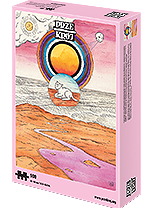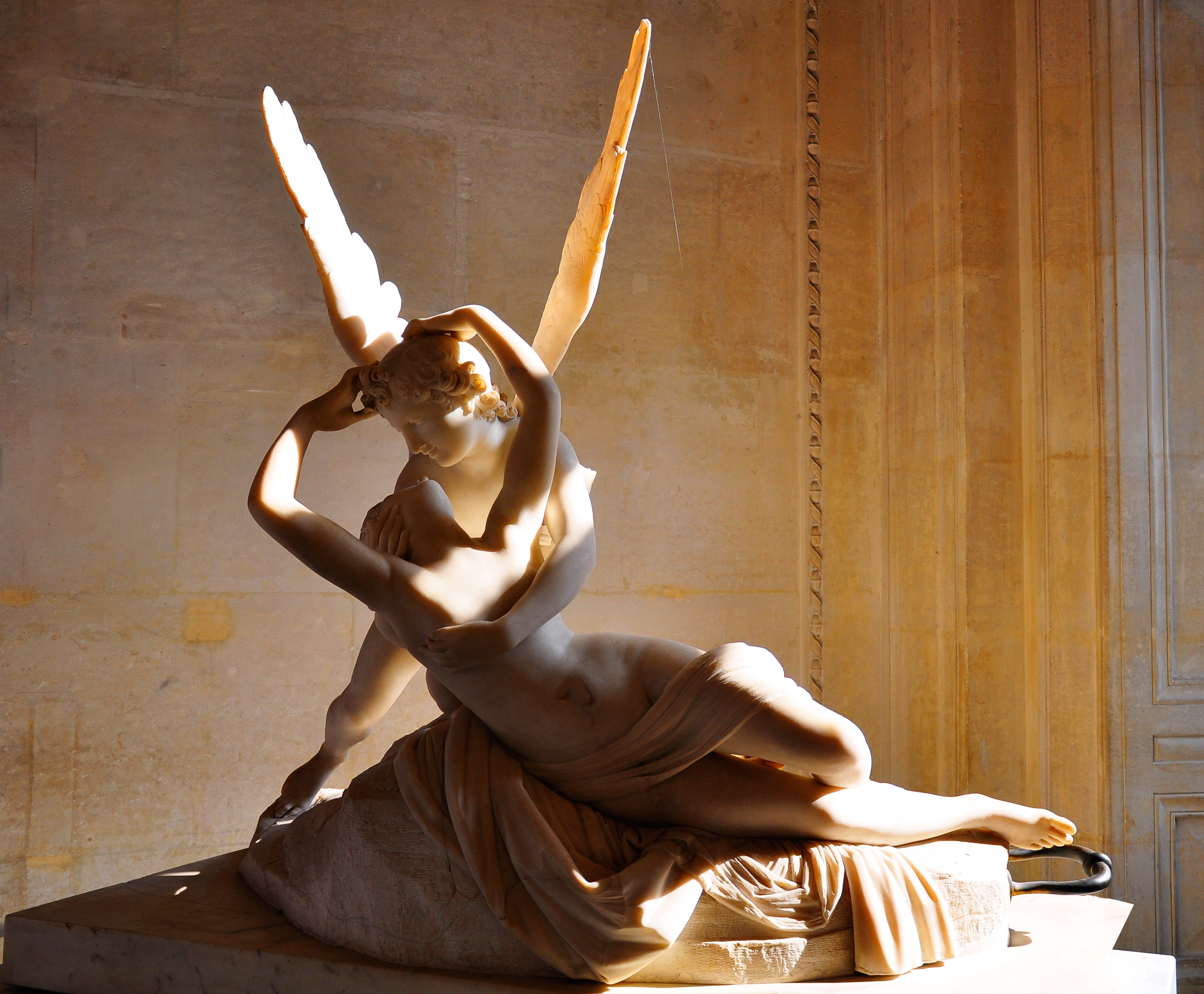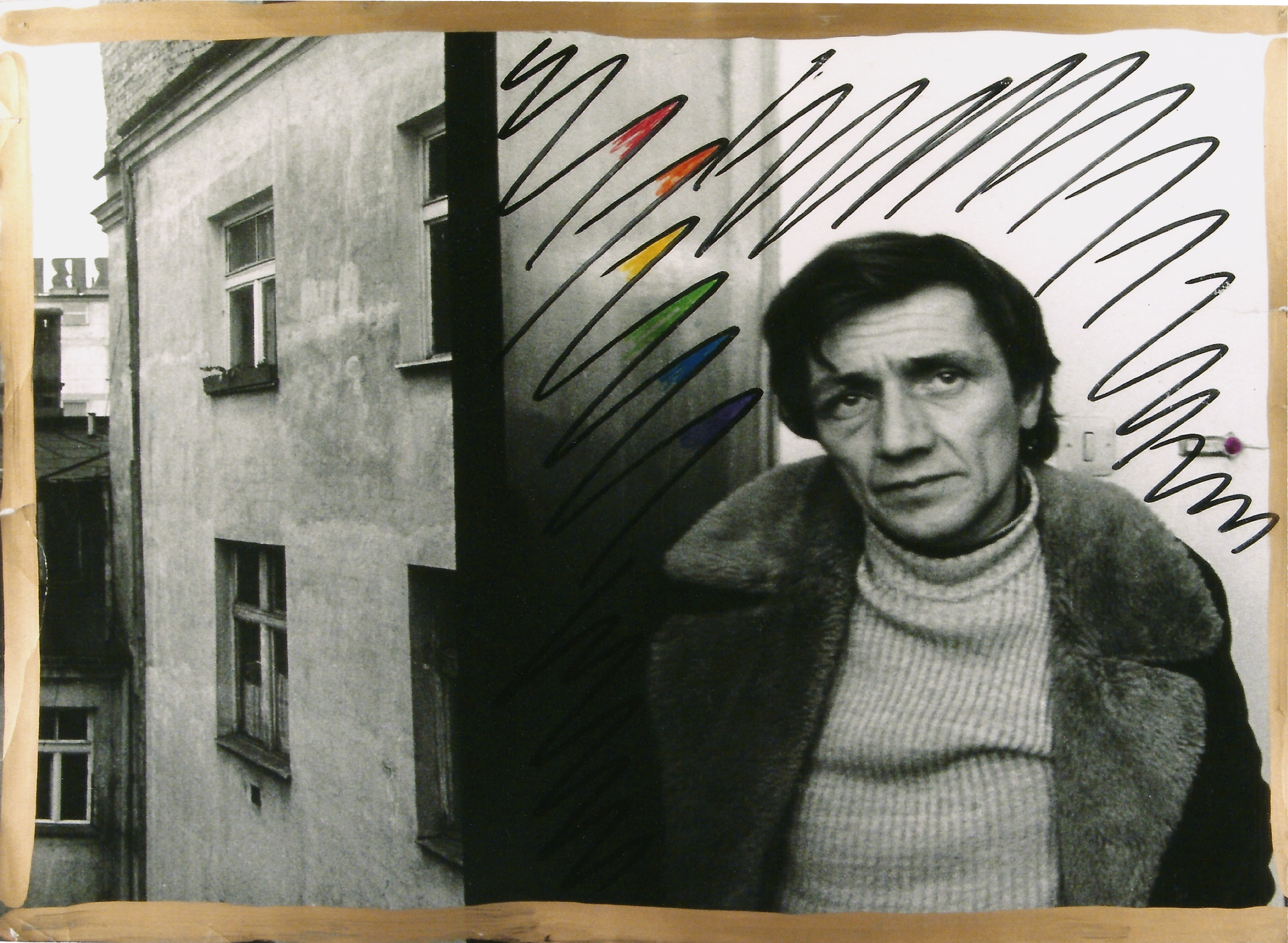
At some point, everyone has mistaken a statue for a living person. Artists have dreamt about such an effect for millennia. Stories about art works ‘coming to life’ say a lot about the most secret human aspirations.
“If you saw the heifer of Myron you would swiftly cry out: is this lifeless nature, or art filled with life?” Even today, we judge works of art in a similar way to the ancient epigram. The most perfect artworks seem to be alive; we get the impression that the sitter follows us with their eyes, smiles, winks, is about to jump out of the frame. We credit the artist with a talent for imitation which is so perfect that the image seems to be a person, disguising its inanimate, material shell. It seems agile, full of life, ready to stand in for a living being. Greek philosophers maintained that an artist’s task is the perfect imitation of nature. There is a famous story about a contest between Zeuxis and Parrhasius. The first one depicted grapes in such a way that birds came to peck on them. His rival painted a curtain that was so three-dimensional that Zeuxis tried pulling it aside to check what was behind it. Both painters were experts in illusion and able to hide the ‘seams’ of their work; their paintings seemed real. But Greek mythology suggests a more ambitious creative task – artists are not just to imitate nature and compete with it, but to replace and create it.
Pygmalion, the king of Cyprus, lived on his own, because he thought the women around him were promiscuous. As Ovid wrote in Metamorphoses, the picky king “carved / a statue out of snow-white ivory, / and to it exquisite beauty, which / no woman of the world has ever equalled: / she was so beautiful, he fell in love / with his creation.” Seeing his insane feelings towards the inanimate statue, Aphrodite turned the deception into reality. “When he returned, / he went directly to his image-maid, / bent over her, and kissed her many times, / while she was on her couch; and as he kissed, / she seemed to gather some warmth from his lips. / Again he kissed her; and he felt her breast; / the ivory seems to soften at the touch,





